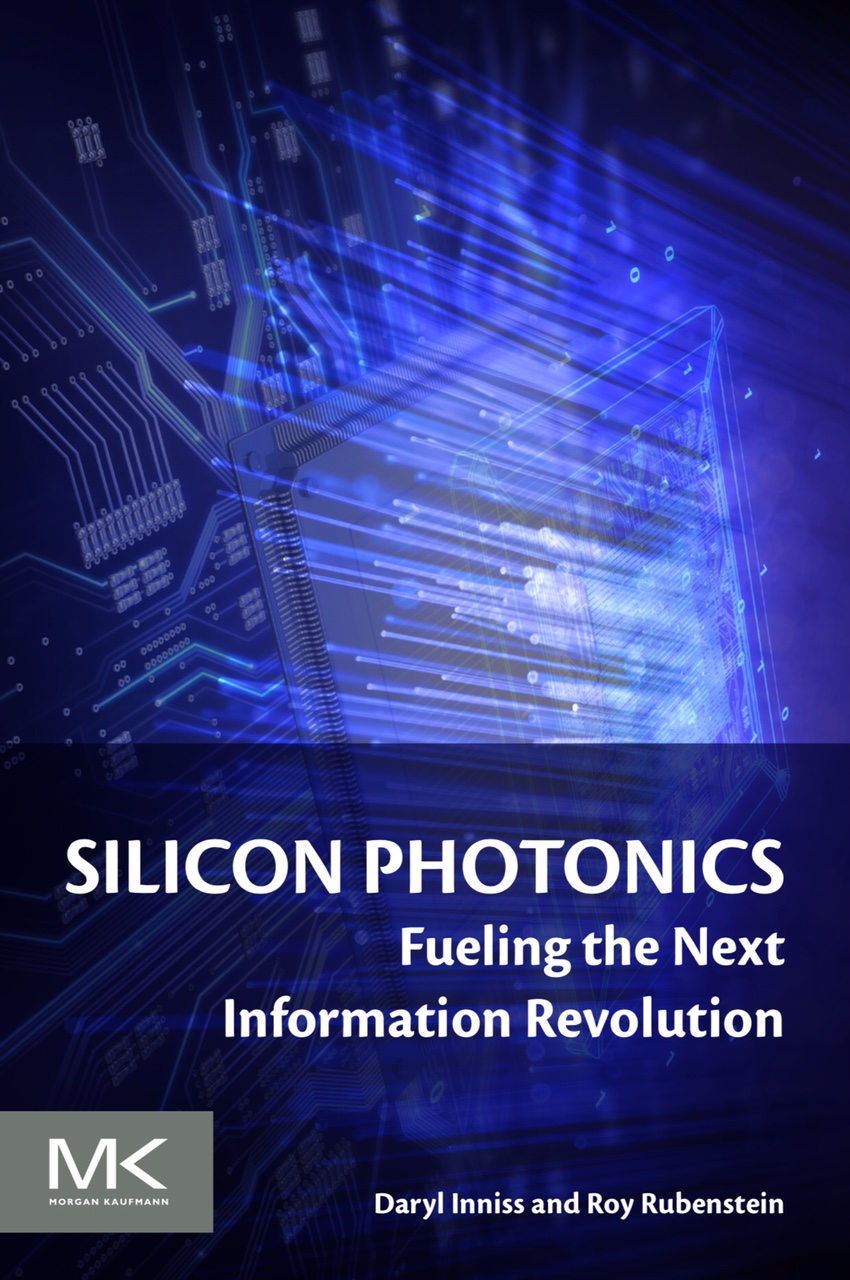Silicon photonics' second wave
 Tuesday, August 25, 2020 at 2:04PM
Tuesday, August 25, 2020 at 2:04PM - “I believe the field of silicon photonics is at a pivotal point of change and acceleration.”
- Professor Roel Baets, the winner of the 2020 John Tyndall Award, talks about what motivates his research and his interests.
Two concentric circles drawn in chalk are shown on-screen. So Professor Roel Baets open his plenary talk at the European Conference on Integrated Optics (ECIO) 2020, asking the online audience what is being shown.
 Professor Roel Baets
Professor Roel Baets
Suggestions come flooding in: the cross-section of an optical fibre, a silicon wafer, a ring resonator optical component and - the correct answer - a doughnut.
The image is from the front cover of Doughnut Economics: Seven Ways to Think Like a 21st-Century Economist by Kate Raworth, a UK professor of economics.
The author discusses how continual economic growth is out of kilter with the planet’s well-being and details alternative approaches. The “doughnut” represents a sweet-spot region ensuring sustainable growth.
Baets applied the book’s thinking to his plenary talk on the topic of silicon photonics research.








